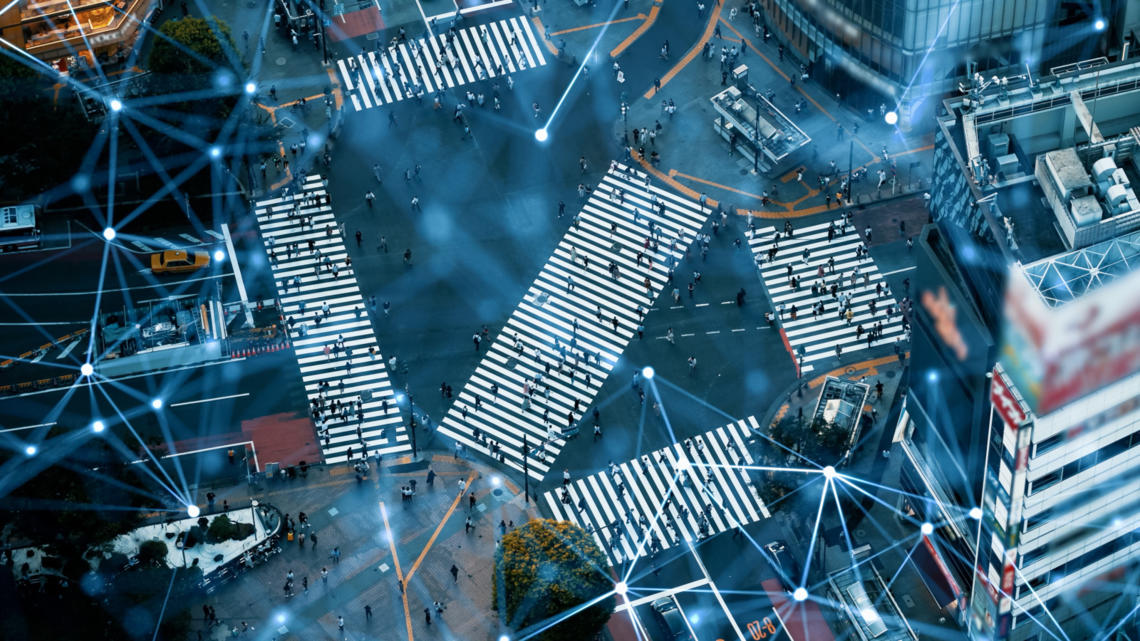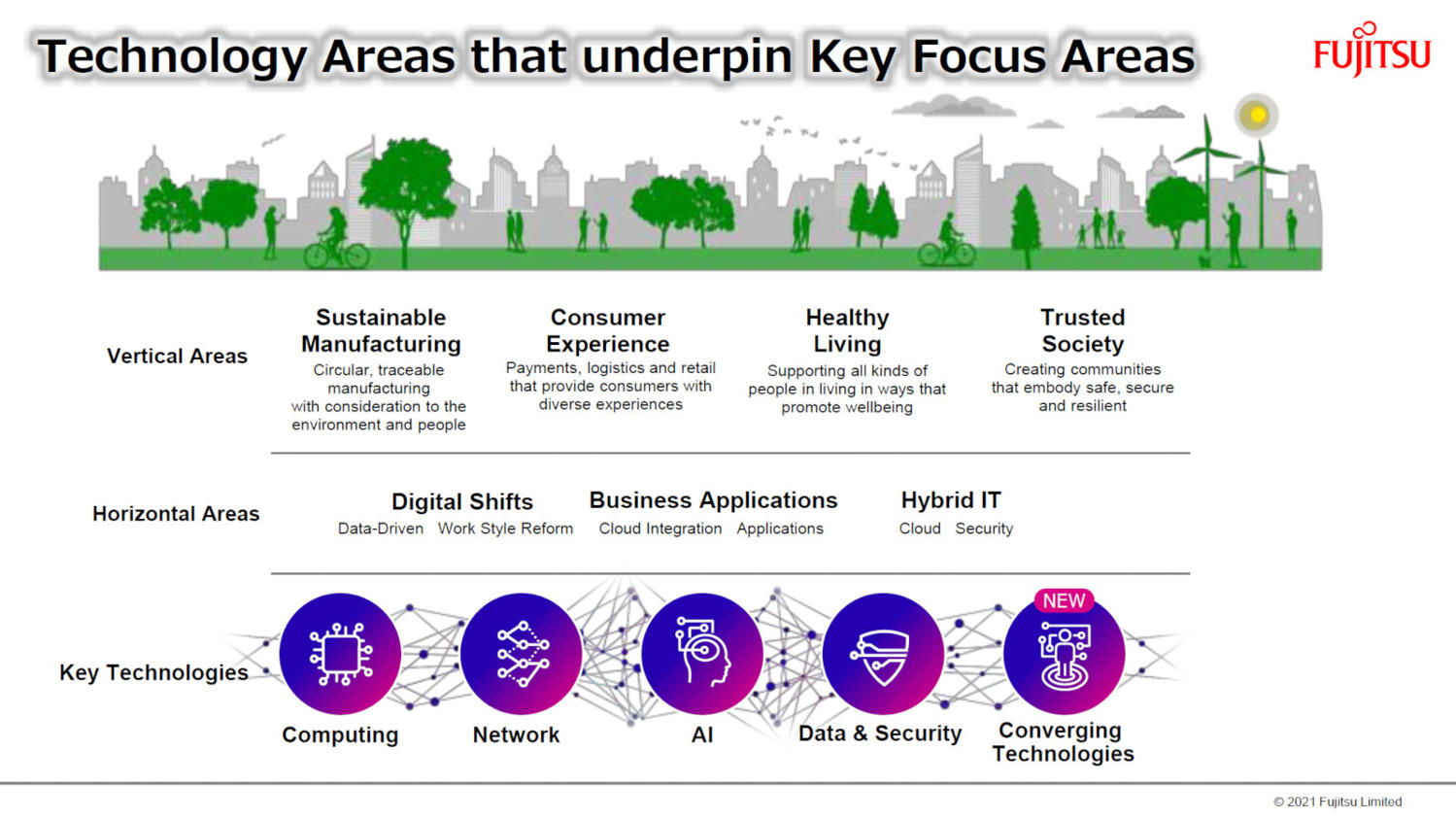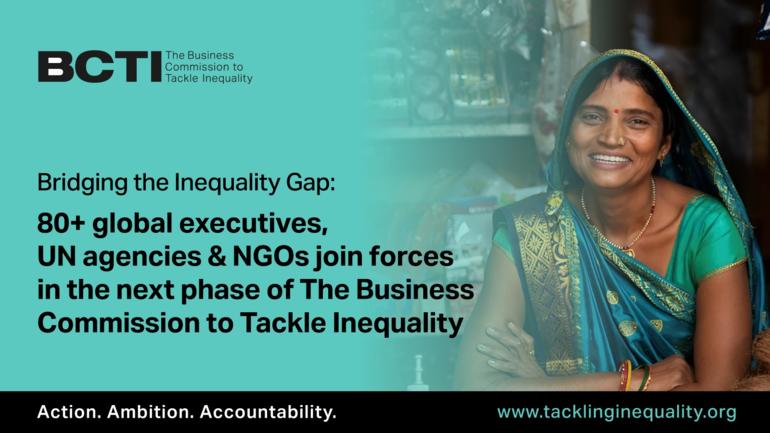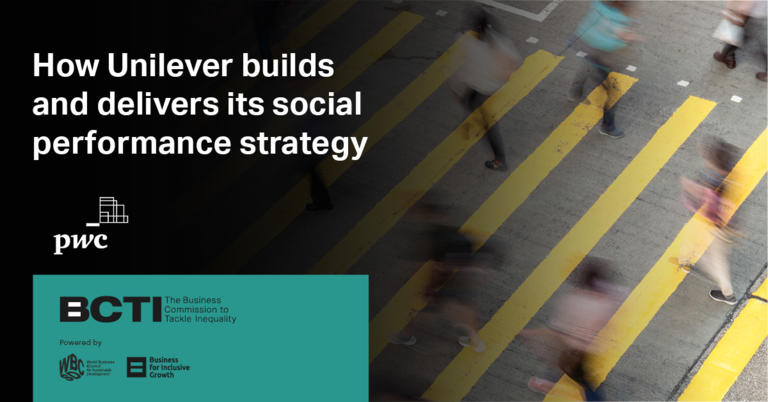The pace of technology innovation is growing ever faster, and we are starting to see wider adoption and applications for emerging technologies such as artificial intelligence (AI) and quantum computing. But innovation has to have a rationale. Above all, we need to identify and understand the purpose behind these developments and address what innovation will deliver for both society and humanity. These are the key drivers behind Fujitsu’s technology vision and are core to our ethos.
Throughout Fujitsu’s proud history, our motivation has been to use technology innovation to improve people’s lives. Not just to help businesses strengthen their financial performance, or to make government departments more efficient, but to help people around the world live safer, more prosperous lives. This commitment, which extends to nurturing local communities and helping to create a more sustainable future for all, lies deep in our corporate DNA. Based on our DNA, which has been cultivated over many years, we have developed and refined our purpose, “make the world more sustainable by building trust in society through innovation.” Our purpose drives every action of every person at Fujitsu.
At Fujitsu, we can see that ‘emerging technologies’ are starting to make a real difference in the everyday lives of people around the world. This is the purpose of innovation for Fujitsu - taking exciting new technologies from the realms of science fiction and applying them to help people address practical challenges in innovative ways. As 2022 advances, it is becoming increasingly apparent that technology is now front and center of society and our daily lives. Major industries like manufacturing, transportation and retail are already driven by technology – which is also powering further innovation. The checkout-less store is just one example of many. The COVID-19 pandemic gave innovation a big push, and this trend will only accelerate in 2022.
Beneath the increasingly ubiquitous presence of technology, five key topics will come to the fore in 2022 – computing, network, AI, data & security and converging technologies.
Advancing computing to the quantum age
Looking at the first, computing has historically been Fujitsu’s sweet spot. The distinction between what has traditionally been called “high-performance computing” (HPC) and regular “computing” is becoming increasingly blurred. Consequently, we see an opportunity to become a key enabler of what we term ‘Computing-as-a-Service’.
What justifies this claim? Fujitsu developed the world’s #1 supercomputer, Fugaku, jointly developed with RIKEN. We are also leading with our digital annealing service. This leverages our proprietary quantum-inspired computing architecture and is already being used by customers in drug discovery, manufacturing, and logistics. Digital annealing technology represents a forerunner to quantum computing itself.
Although qubits are still not long-lasting enough to be used for real-time business applications, we are making important advances. Fujitsu has recently introduced a 36-qubit quantum-based simulator based on the same chips that are the heart of Fugaku, currently delivering the world’s fastest processing speed.
The more widespread accessibility of HPC will drive ‘Computing-as-a-Service’. As a result, we will see the increased leverage of quantum simulators to get as close as possible today to the breakthroughs that the era of quantum computing will eventually deliver. The great benefit of simulators is that they do not just rely on hardware. We are building on our progress with the digital annealer by solving complex problems in real-time or near enough.
The pharmaceutical industry will be one of the primary beneficiaries, as more accessible HPC and quantum simulation will accelerate the incredibly lengthy drug discovery process, which at present, takes several years.
As HPC becomes more accessible, its use will be more widespread in solving everyday tasks faster. Furthermore, what’s considered HPC today will be what we think of as everyday desktop computing five years from now. That’s how quickly technology is advancing. For regular users, it ultimately won’t matter what kind of computing technology is used behind the scenes, as long as it helps solve the real-world problems they’re facing.
Computing advances for a more sustainable environment
A somewhat left-field beneficiary of computing advances will be the environment. Environmental, societal and governance, or ESG, is, without doubt, one of the top themes for 2022. For business, we have now reached the point at which sustainability has gone mainstream.
Quantum-inspired capabilities will help drive technology that delivers a more sustainable environment, significantly contributing to the urgent need to address the world’s challenges, such as searching for alternatives to replace carbon-based fuels. One example is to combine high-speed simulation with AI technology to accelerate new materials discovery and identify new catalysts, with sustainable ammonia production representing an important candidate.
We will also see the networks that transport data become even faster. We are on the edge of a breakthrough in terms of widespread adoption of 5G and private 5G networks. The telco industry will be changed by increasing levels of cloud virtualization, which will in turn demand network virtualization. The virtualization of both the cloud and network is demanded by the cloud-native applications to provide greater flexibility and efficiencies in cloud applications for businesses.
As an example, Fujitsu recently announced a new software virtualized radio access network (vRan), leveraging Fujitsu’s AI and quantum-inspired “Digital Annealer” technologies to optimize computing resources and deliver high-performance with low-energy consumption. This approach offers the potential to reduce overall system CO2 emissions by 50% or more compared to conventional base station systems by 2025 while offering users high-quality, stable communications. By continuing to invest in our network capabilities, including world-class radio unit technology, we can help telecommunications carriers reduce their carbon footprint and ultimately contribute to the realization of a more sustainable society.
We are already seeing considerably greater use of AI in investigating and exploring cause and effect and in the simulation of complex problems – including those that can help tackle global warming. There’s a tremendous amount of hype around AI – and rightly so. Its relevance in our everyday lives will become more and more apparent. Think beyond machines making autonomous decisions that control our lives, to synthetic data twins that are used to help train Machine Learning (ML) models. By using algorithmically created data, we can develop processes that perform better than the real-world equivalents and this, in turn, leads to better results. Examples of this in action include Fujitsu’s Future Mobility Accelerator Digital Twin Suite, a powerful tool for businesses offering mobility-related services based on big data collected from disparate sources. Leveraging technologies and toolkits from the Fujitsu portfolio such as the Digital Annealer, AI and computer vision, the Digital Twin platform reproduces real-world information in the digital space. Use case examples include:
- fuel efficiency estimation and EV battery utilization to help OEMs design better batteries for electric cars
- optimal charge point location planning for the public sector
The aim is to help the transportation and logistics sector to maximize fuel efficiency, reduce environmental footprint, and save costs as well as solve challenges related to Last-Mile Delivery.
The arrival of quantum computing will change the face of cyber-security, but it’s not going to happen yet. One major challenge facing us in the immediate future is to ensure that digital security does not slow down the speed at which data is moving – while still providing the required protection, of course. Fujitsu is working closely alongside Ben-Gurion University in Tel Aviv and other academic institutions globally on a number of exciting research projects, and we are looking forward to the outcomes.
Fair sustainability initiatives underpinned by ethical AI
Our focus on AI Ethics is also part of our quest to improve lives and fairness across society, responding to increasing concerns surrounding algorithmic bias and discriminatory decision-making in AI and machine learning applications as part of the quest to ensure social equality. Our work within the European Commission's initiative AI4People led directly to Fujitsu’s AI commitment published in 2019, as well as a new AI Ethics and Governance Office to develop and enforce robust policies for AI ethics, and promote organizational AI ethical governance to ensure their effectiveness. Now, Fujitsu will move from principle to practice by steadily implementing best practices in the real world to ensure the realization of ethical, safe, and transparent AI and machine learning technologies.
In February this year, Fujitsu announced the development of a resource toolkit offering developers guidance for evaluating the ethical impact and risks of AI systems based on international AI ethics guidelines. The toolkit consists of a variety of case studies and reference materials, including a newly developed method for clarifying ethical requirements in AI ethics guidelines written in natural language, as well as for applying ethical requirements to actual AI systems.
With this guidance, Fujitsu aims to prevent misunderstandings and potential risks caused by differences in the interpretation of descriptions in guidelines, offering AI system developers and operators new tools for thoroughly identifying and preventing possible ethical issues early in the development process in keeping with international best practices.
The power of converging technologies
An exciting area involves converging technologies that focus on the intersection of humanity and technology. This category includes biometrics and machine-learning technologies that predict human behavior. It also offers a lot of promise in areas like retail, public safety, health and rehabilitation, and even sports—where Fujitsu’s 3D sensing gymnastics technology is already used in global competitions.
In terms of where data resides, cloud-native workloads will accelerate in 2022. We already see signs of the next wave of cloud adoption. It’s a big move when stock exchanges start moving to the cloud – which is more ready than most people think. Today, multi-core processors have sped up the cloud. There’s more to come in the form of silicon photonics. This enables faster data transfer over longer distances – and helps drive home the cloud advantage. And one technology that is here to stay is cryptocurrency, although still in its infancy. One thing is clear, the cost of mining bitcoins will not deter the growth of crypto but adoption at government level remains some way off.
The joy of being a CTO is that every day brings new challenges and exciting new possibilities. We recognize that to solve complex societal challenges, technology innovators such as ourselves need to work closely with experts in the fields of both humanities and social sciences. Right now, we’re in discussions with several partner organizations about how converging technologies can open up more opportunities for improving lives.
One example is our current joint research project with Carnegie Mellon University, based in Pittsburgh, USA. We’re exploring the possibilities for ‘human sensing,’ developing new facial expression detection techniques to recognize human emotions, enabling AI-driven, real-time responses. The potential applications of this are extensive, from health and safety monitoring, for example of long-distance drivers, through to real-time employee engagement tools.
We have also just announced a joint collaboration program to develop social digital twin technology for smart cities, using exascale computers and advanced data processing technologies to reproduce complex real-world scenarios in the digital space, enabling new solutions that will improve people’s security and safety, as well as providing them with better experiences across everything from travel to retail. Prime examples of applications for social digital twin include the search for smarter traffic management, based on providing dynamic incentives to encourage travelers to adopt strategies to avoid pollution hot spots. Disaster management can be substantially improved through flood simulation and population communications.
It is exciting to see the pioneering work of our brilliant technology innovators being developed into practical solutions that make a difference. Accelerating drug discovery, speeding up the treatment of serious diseases, helping us combat environmental pressures, improving everyday lives. It’s possibilities like these that drive us on. It’s possibilities like these that are the real purpose of innovation. And we need to look beyond the planet we live on, applying the same principles to ensure the safe and sustainable development of space, tackling the growing problem of space debris as a starting point. We are all working together to achieve the transformation needed to achieve a net-zero, nature-positive and more equitable future, built on sustainable, successful business principles.
Related links:









